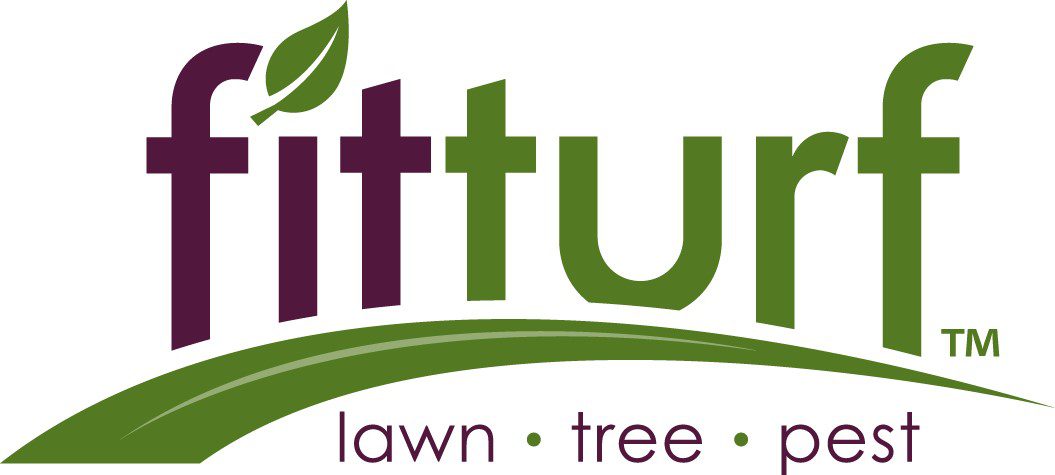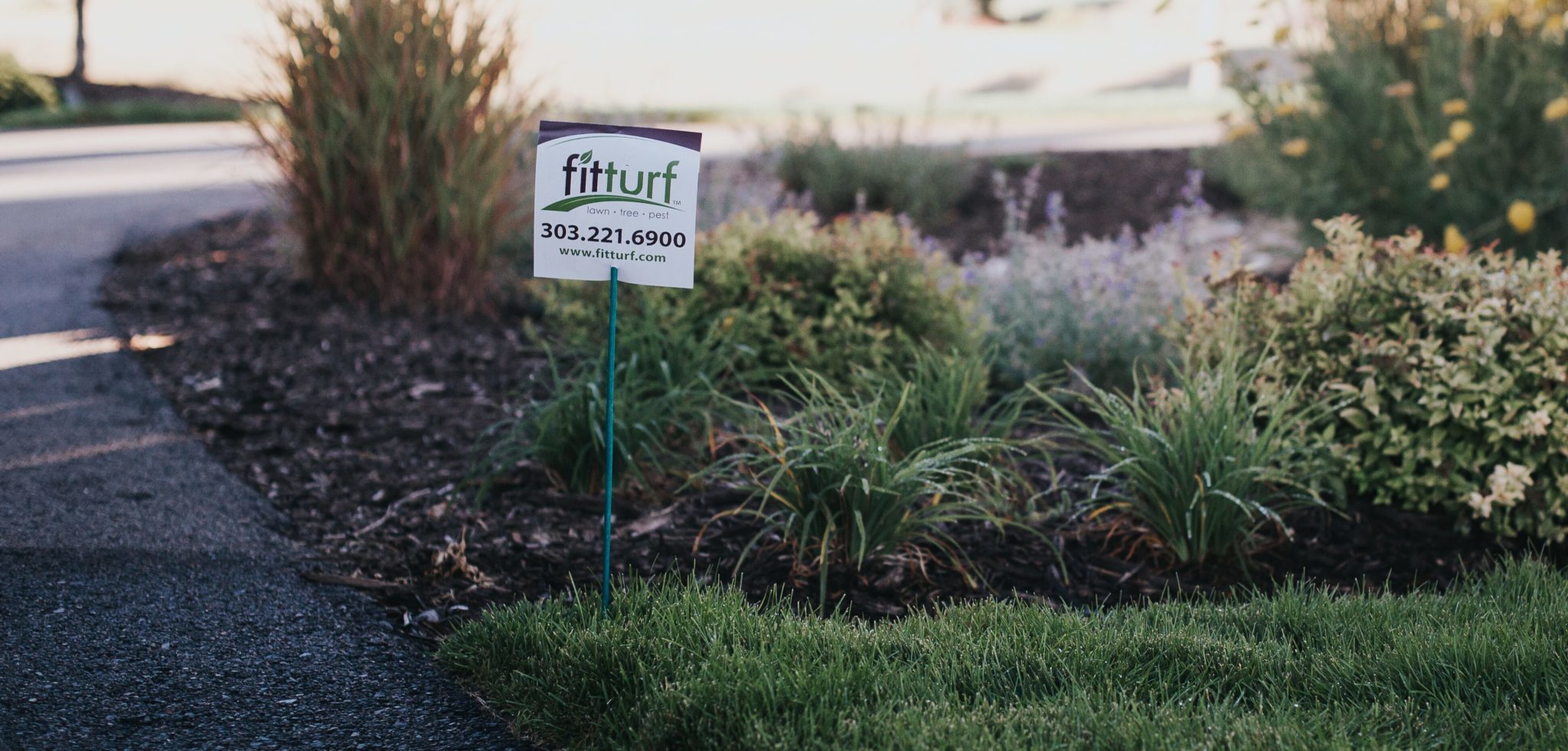Fire Blight in Colorado
Do you have a case of fire blight on your property? Check out FitTurf.com to learn about fire blight and how this pathogenic disease can affect your trees.
Fire Blight in Colorado
The Fire Blight Disease Misnomer
The name “fire blight” has nothing to do with fire; rather, its name comes from the scorched appearance that affected branches and leaves take on. It targets certain species of the rose family and is especially destructive to apples, pears and crabapples. It can also be found in flowering quinces, cotoneasters, hawthorns, pyracanthas, blackberries, raspberries and mountain ashes.
Environmental Causes of Susceptibility
Certain conditions cause plants to be particularly susceptible to fire blight disease, including warmer-than-normal spring temperatures. Rainy springs can cause ideal conditions for the development and spread of this devastating disease. Additionally, hail and wind damage during this time can cause wounds on the trees that allow the bacteria to enter a tree. The tree’s age can also add to its risk.
Fire Blight Characteristics
Fire blight is caused by the bacterium Erwinia amylovora. This bacteria fester in branches and within cankers, cracks or wounds of the bark’s surface. This festering is characterized by a gummy ooze that surfaces, which attracts insects, ants, flies, bees, beetles and aphids. These insects carry this bacteria to flowers, further infecting neighboring plants, trees, and flowers. Wind and rain can also spread the infection.
Blossoms that are infected by the fire blight bacteria first appear water soaked; they then wilt and turn dark brown. The affected branch tips may bend, taking on a shepherd’s hook appearance. Fire blight cankers are darkly discolored, are slightly sunken and have a narrow callus ridge along the outer edge.
Fire Blight Control Through Prevention
There is no cure for fire blight and there is no effective fire blight treatment once the symptoms have been identified.
- Chemical treatment sprays are mainly preventative and must be applied during very specific times to be successful. These chemicals, some which are difficult to find, should be used by experts. Contact Fit Turf if you have noticed the symptoms of fire blight on your property’s trees.
There are, however, are some ways to control this bacterium:
- The best way to control these destructive bacteria is to prevent them. This can be done by annual pruning of trees and proactive tree care, especially for those species that are susceptible to this bacterium. Ensuring the trees on your property are healthy, particularly after warm, wet springs is vital. Fit Turf’s Fit Tree + Shrub Care program is ideal to keep on top of your tree health. Contact us today for more information about our Fit Tree program or to request an estimate.
- If you notice cankers or telltale ooze on your trees, promptly prune all blight-infected and cankered branches, destroying the branches and affected areas. It is important, however, that all tools used to cut or trim affected branches and trees are sterilized between cuts. Colorado State Extension recommends dipping tools in household bleach, ethyl alcohol or using household spray disinfectants. However, if pruning is performed in winter when trees are fully dormant, you can skip the disinfecting step.
- Certain host trees and rootstocks are more susceptible to the Erwinia amylovora bacterium. Colorado State Extension has created a table that describes the susceptibility of each variety, from highly susceptible to moderately resistant. When planting new trees, consider a moderately resistant variety. Visit the Extension’s Fire Blight 2.907 Fact Sheet for more information.
Fire blight is a devastating pathogenic bacterial infection that affects fruit and rose trees and plants, but it can be controlled if the infection is caught in its earliest stages. This requires employing observational skills in the early spring months and catching the disease early enough to make a difference. Particular care also must be taken after warm, wet springs when trees are the most susceptible to fire blight.

